PJM will assign project costs to different subregions of its territory according to its existing FERC-approved cost allocation rules. As noted in a recent FERC Order, these rules are:
PJM utilizes a hybrid cost allocation method, which the Commission found complies with Order No. 1000, for Regional Facilities and Necessary Lower Voltage Facilities that address a reliability need. Under this method, PJM allocates 50% of the costs of Regional Facilities or Necessary Lower Voltage Facilities on a load-ratio share basis and the other 50% based on the solution-based distribution factor (DFAX) method. PJM allocates all of the costs of Lower Voltage Facilities using the solution-based DFAX method. Cost responsibility assignments pursuant to the Order No. 1000-compliant cost allocation method are included in Schedule 12-Appendix A of the Tariff.
The other 50%, or $2.7B, of the costs will be allocated using the DFAX method which, in layman's terms, would be the specific sub-regions who use the new facilities.
This is set in stone and it cannot be changed unless PJM petitions FERC to change its cost allocation rules, or FERC takes the initiative to begin a proceeding to investigate electric rates that have become unjust and unreasonable.
This cost allocation for PJM's new projects is not fair. However, there is nothing you can do about it.
In a recent case, PJM filed a cost allocation document for recently approved projects intended to solve the closing of the Brandon Shores coal-fired plant in Baltimore. Most of the cost was allocated to the sub-region around Baltimore that would use the new facilities, with some smaller portions assigned to other sub-regions. Maryland regulators didn't like this. They thought PJM should have found other solutions to the generator closing instead of a quickly approved transmission plan that cost nearly a billion dollars. The Maryland regulators filed a protest in PJM's cost assignment FERC docket. FERC said that since the cost allocation PJM made was in accord with PJM's existing, FERC-approved cost allocation rules, there was nothing they could do but approve it.
However, something interesting happened there. Commissioner Mark Christie, a champion for electric ratepayers, said it wasn't fair, although he was obligated to approve it. You should read his Concurrence because it may be a harbinger of things to come.
PJM has told us that if we fail to approve those transmission projects in this RTEP driven by the closure of the Brandon Shores coal generating unit located in Maryland, the grid will likely suffer a severe voltage collapse in Baltimore and the surrounding zones, including Northern Virginia, the District of Columbia, Delaware and southeastern Pennsylvania. Such a result could be potentially catastrophic.
While these projects are very costly – and I take seriously the concerns expressed by the Organization of PJM States, Inc. (OPSI), Maryland Public Service Commission (MD PSC) and Maryland Office of People’s Counsel (OPC) – given this Hobson’s choice I concur with approving PJM’s RTEP filing.
While I concur, I note that this element of the RTEP filing raises more questions than it answers, and some of those questions are extraordinarily important.
We are hobbled by PJM's bad policies and poor planning practices into a future that never allocates project costs fairly. Will people complain about the upcoming cost allocation of PJM's 2022 Window 3 projects? Absolutely. But will FERC open an investigation, or will it be forced into another
Commissioner Christie shared his thoughts on how PJM's cost allocation rules have been rendered unjust and unreasonable by recent events.
Let me emphasize that the State of Maryland, within its sovereign police powers, clearly has the authority to mandate any particular mix of generating resources it prefers. Maryland’s new climate law is well within its inherent authority to enact. Such policies are for Marylanders to choose, not RTOs or FERC. But if the resulting transmission projects under protest in this RTEP filing are caused more by Maryland’s policy choices than by organic load growth and economic resource retirements, then a salient question that may be asked is whether these transmission projects are more accurately categorized as public policy projects, essentially the same as the transmission upgrades caused by New Jersey’s offshore wind projects?
And if they are more accurately categorized as public policy projects, should such projects be regionally cost-allocated, potentially to consumers in Pennsylvania, West Virginia, Ohio, et al.?
The "New Jersey" approach Commissioner Christie refers to is what's known as the "state agreement" approach to cost allocation. It is a more recent construct that allows a state with a new public policy to voluntarily agree to shoulder all the costs of new transmission made necessary by their state policies. This construct would prevent the unjust and unreasonable allocation of costs to states that did not cause the need for new transmission. It's exactly where we find ourselves now. The question is, would FERC open an investigation to correct PJM's current cost allocation for Window 3 to order it be allocated according to the public policy "state agreement" cost allocation approach?
It is ultimately the job of each state to ensure resource adequacy to serve its consumers, even in a multi-state RTO.
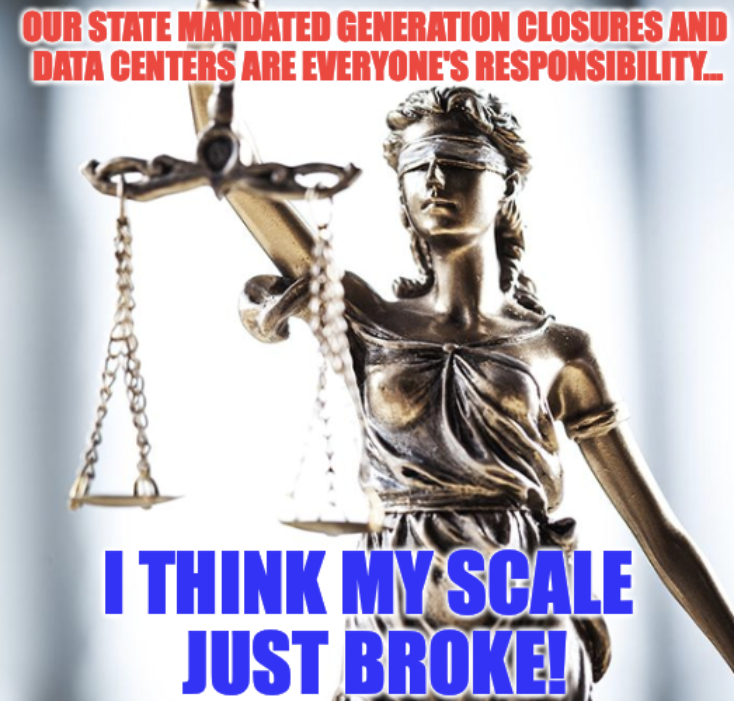
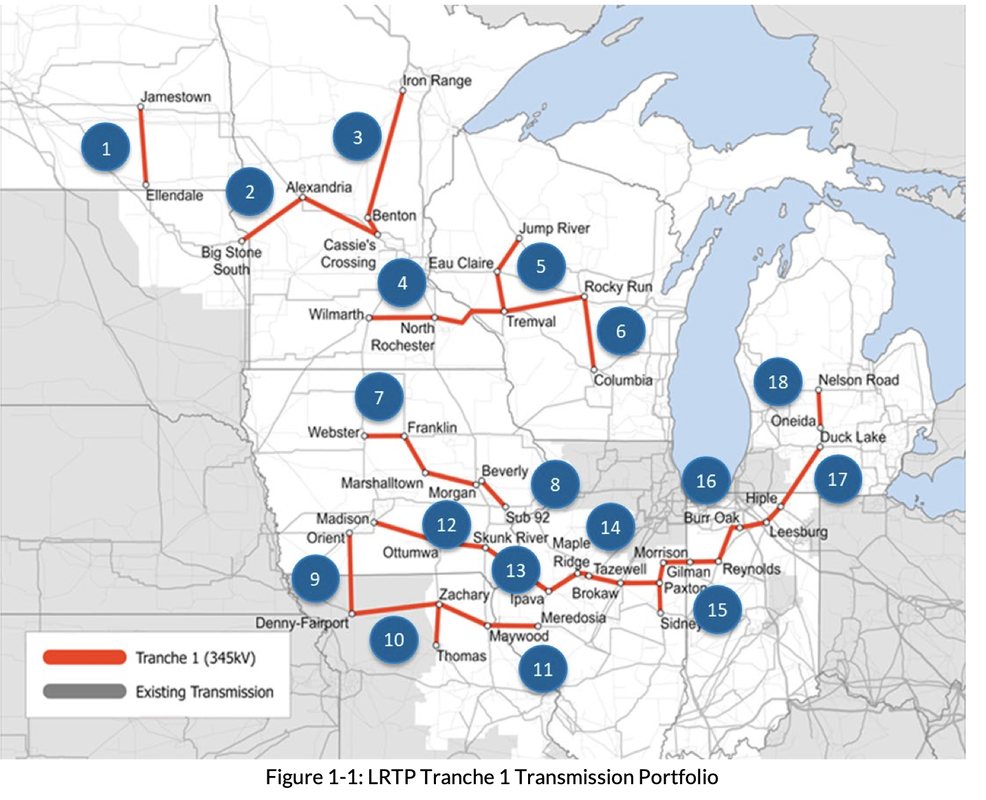


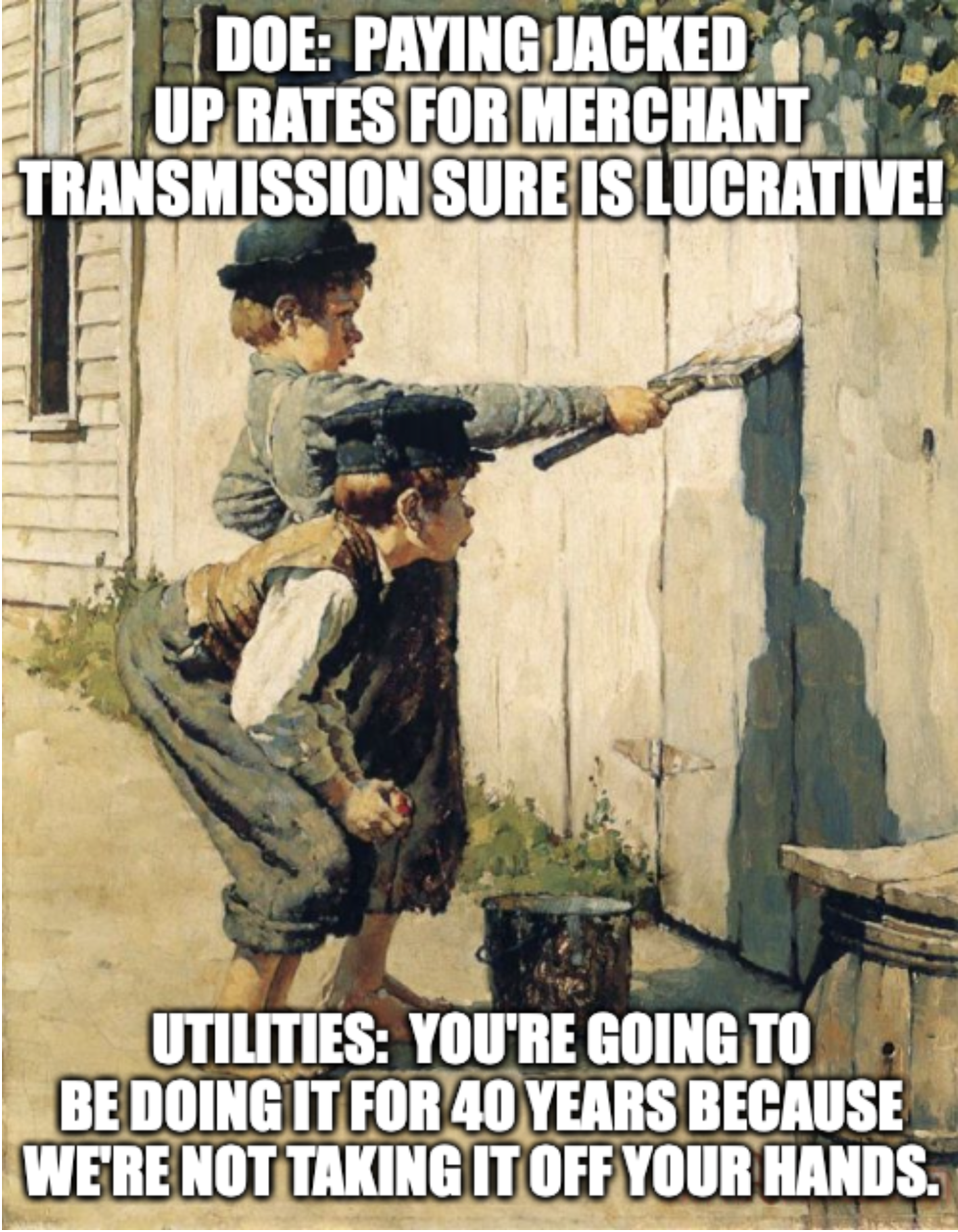
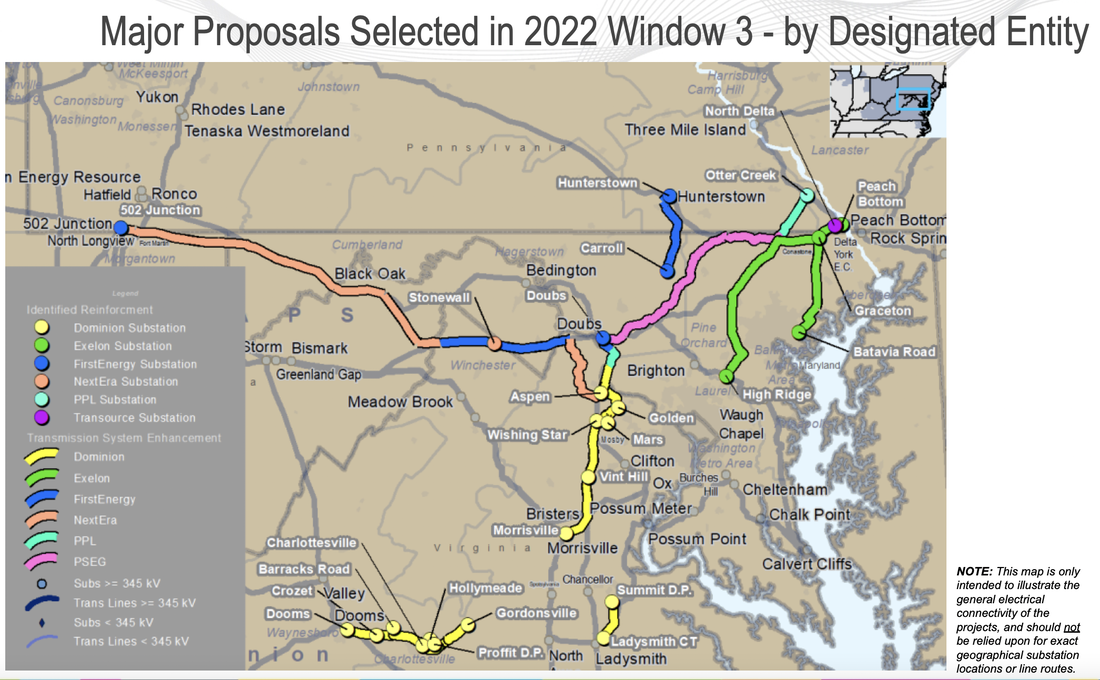
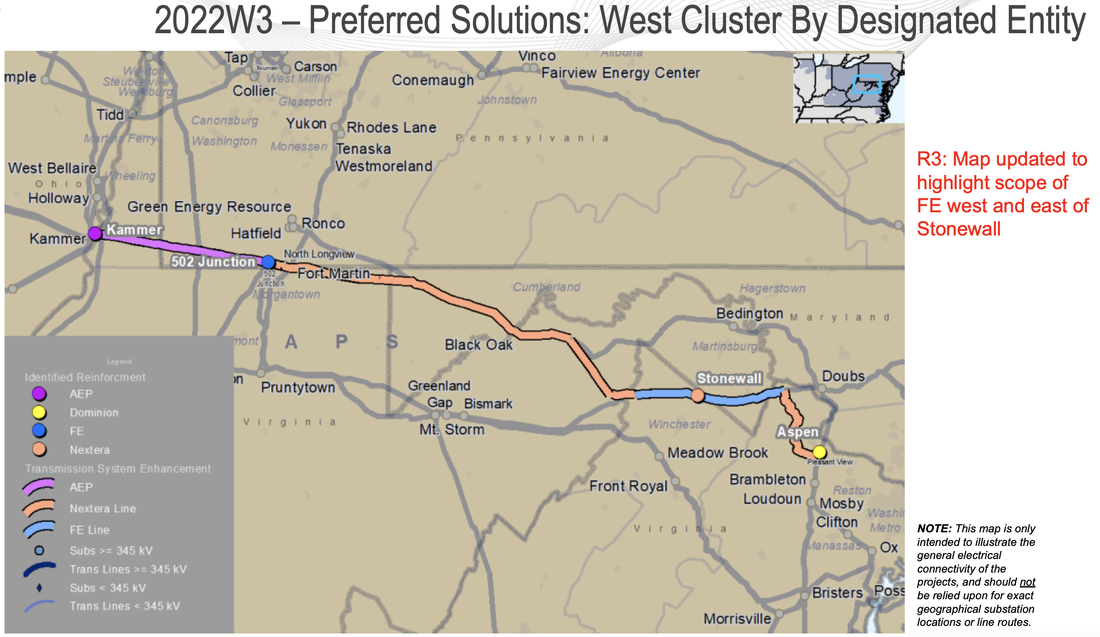
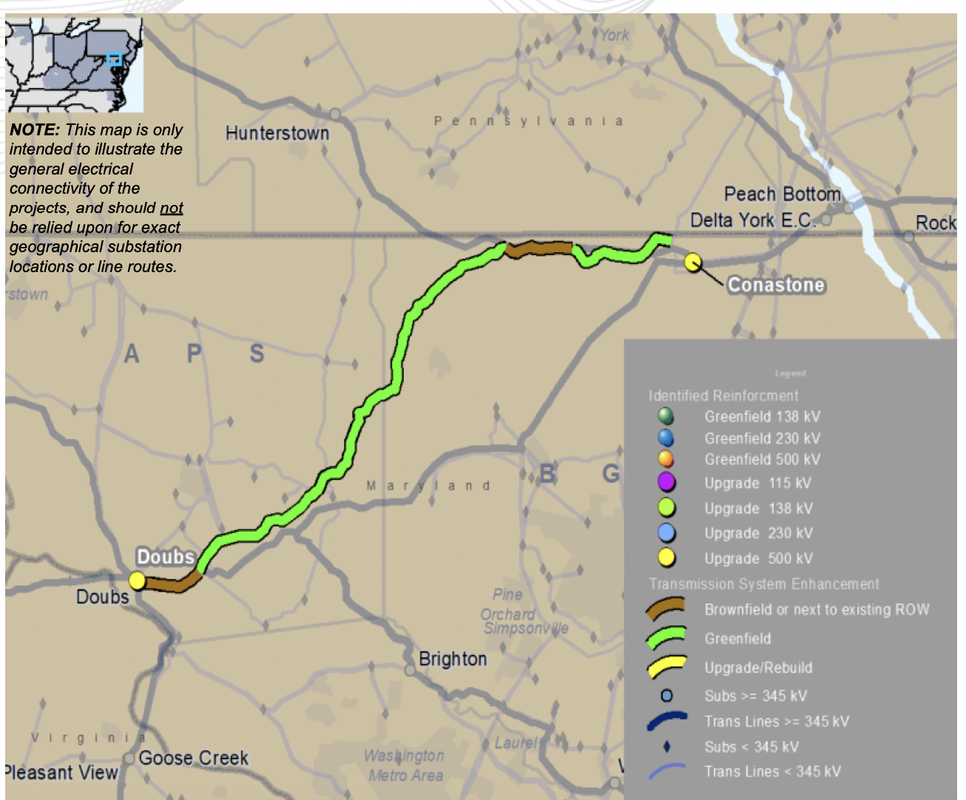
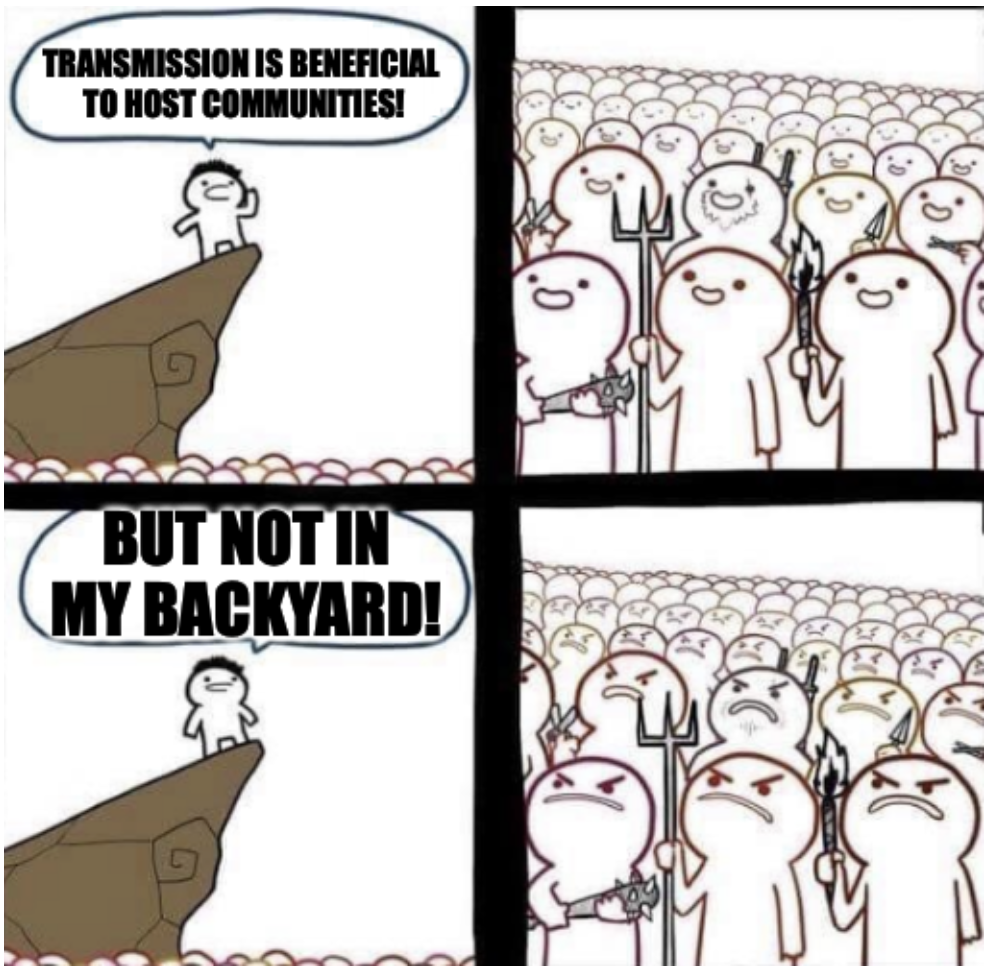
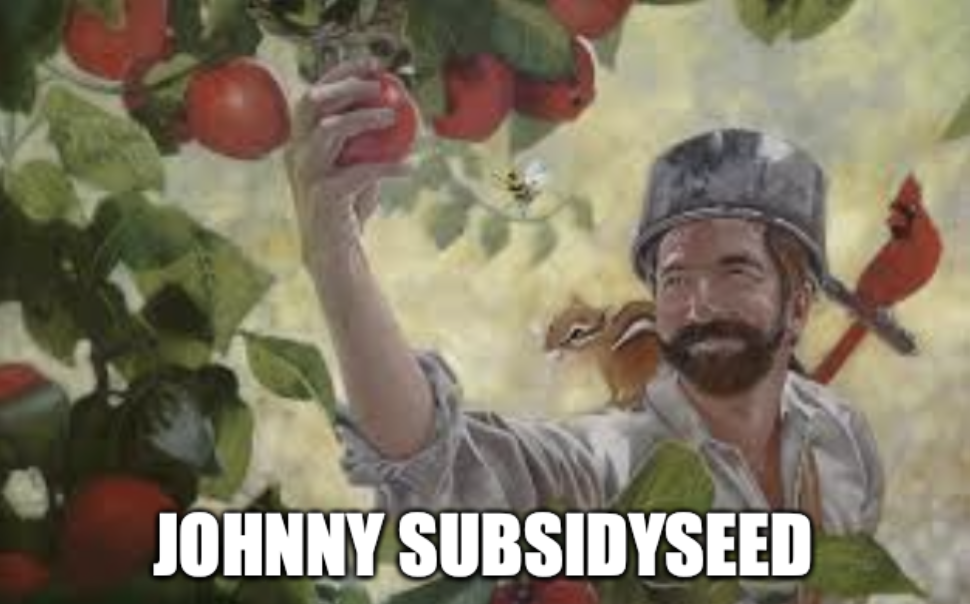
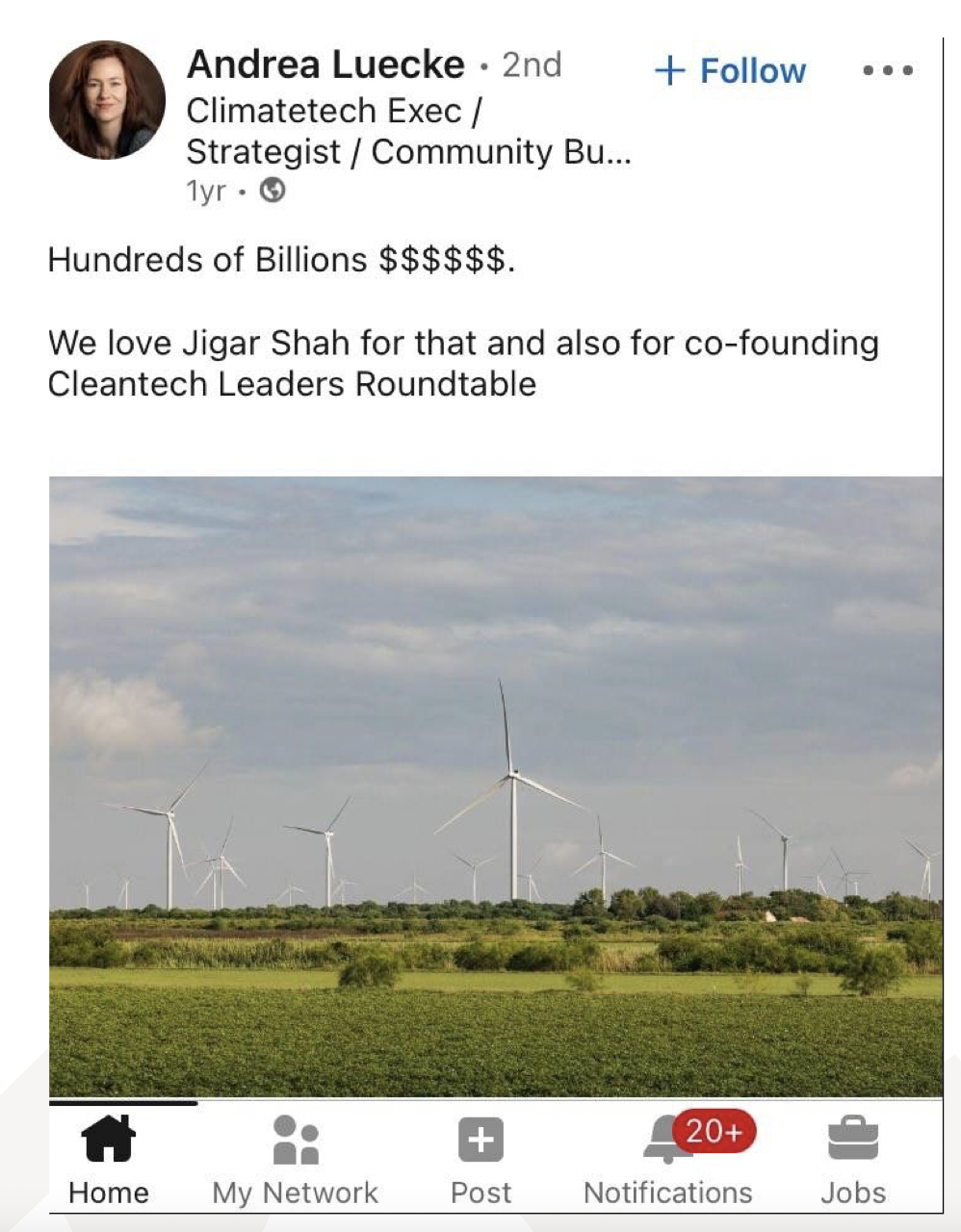
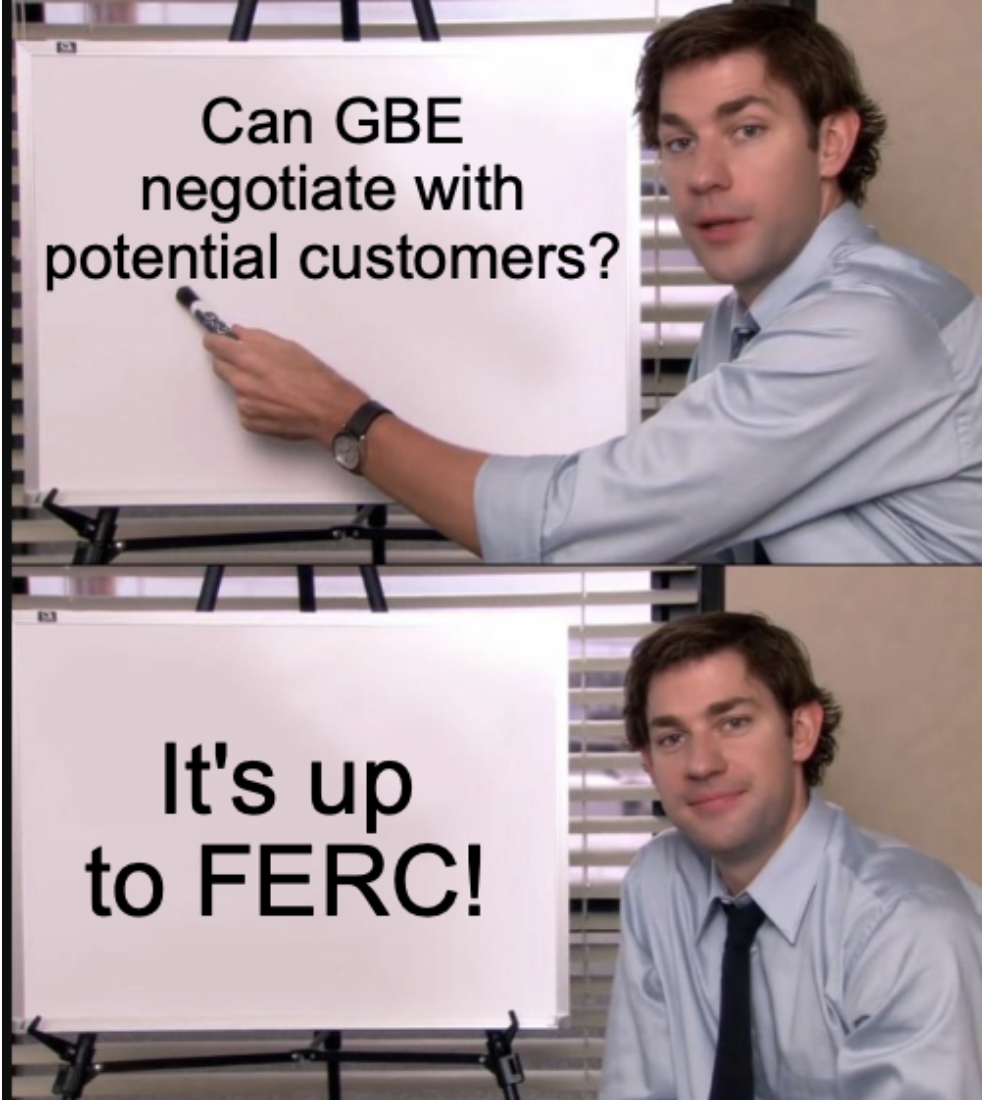
 RSS Feed
RSS Feed